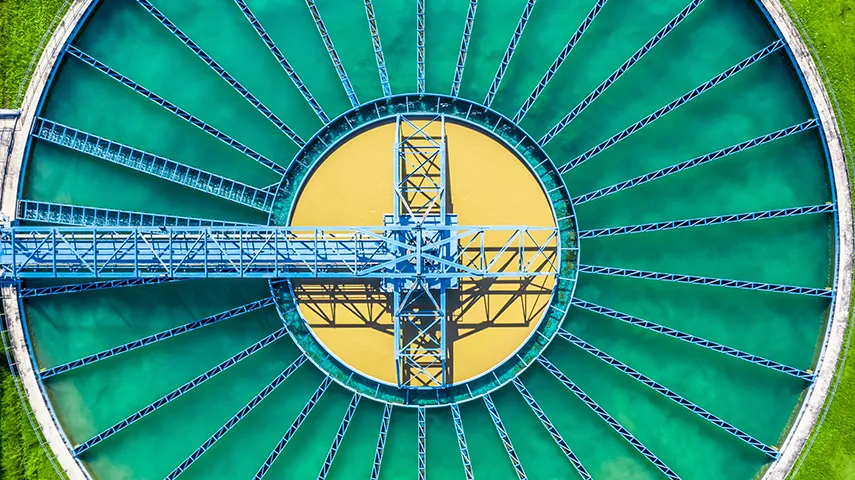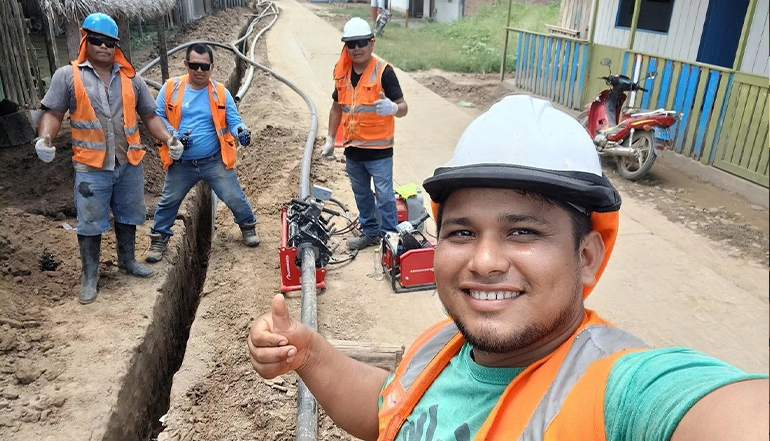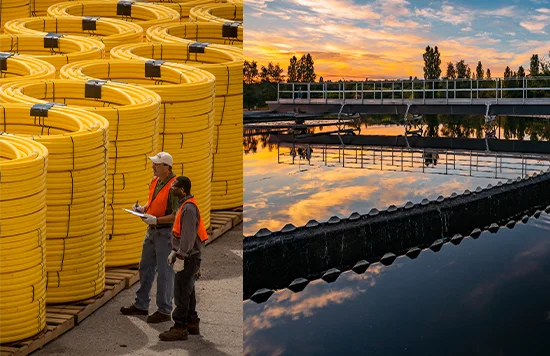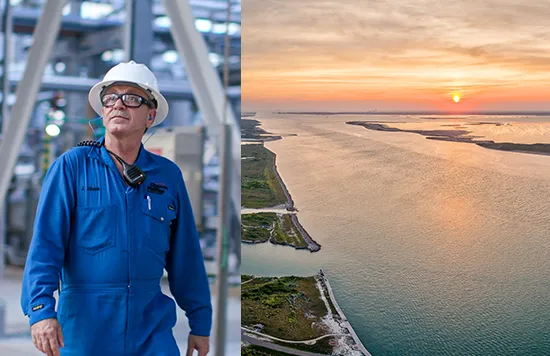Water
We believe access to clean water and sanitation is a human right, and the scarcity of potable freshwater is a global issue. We promote water stewardship and use water responsibly to manage our environmental impact.
Benefits of Polyethylene Pipe

Water Conservation
According to the World Resources Institute Aqueduct Water Risk Atlas, four CPChem wholly owned facilities are in areas of high-water stress risk. As a part of its climate action planning process, CPChem has identified steps to better understand water stress and mitigate risk at its facilities.
Developed by the ACC and nonprofit, The Water Council, Water Body Risk Assessments (WBRA) help identify and mitigate water-related risks. Last year, CPChem began using WBRA as a tool to assess its facilities and amplify conservation opportunities in shared bodies of water.
Water Reliability Teams at CPChem facilities employ best practices for water management and lean on technology to optimize water consumption. We implement systems that reuse and recycle freshwater and incorporate desalinated water, particularly in regions where water stress is highest.

Using Water Responsibly
CPChem uses surface water, groundwater, seawater and water provided by third parties for cooling, quenching, steam production, conveyance and treatment of potential contaminants. Prior to release, water is treated to meet applicable regulations and limits.
CPChem’s water intake during 2023 totaled 574 thousand mega liters and recorded its freshwater intake at 54.7 thousand mega liters on an equity basis. Seawater is leveraged in several cooling applications which allows CPChem to reduce its consumption of freshwater resources. Compared to the previous two years, water consumption in 2023 increased to 33.9 thousand mega liters while freshwater intake intensity remained unchanged.
Explore our Performance Data to learn more about water use at CPChem.
Water Use
** Freshwater intake intensity is reported on an operated basis and represents 100% stake for wholly owned and joint venture operations which are operated by CPChem, inclusive of one CPChem operated Owner's facility in Old Ocean, Texas.



